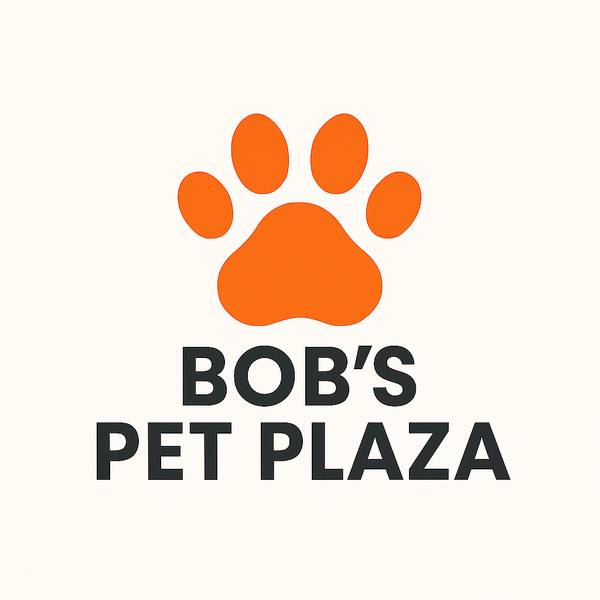Which harness is best for dogs that pull on the leash?
Walking your dog should be a joyful and stress-free activity, yet for many pet owners, it turns into a daily battle against leash pulling. Dogs naturally explore their environment with enthusiasm, but when that enthusiasm translates into excessive pulling, it can lead to frustration, safety risks, and even injuries for both dog and handler.
This is why selecting the best no-pull dog harness for strong-pulling dogs is essential. Unlike traditional collars, which can strain a dog’s neck and increase pulling, no-pull harnesses are designed to provide comfort, better control, and safer walking experiences.
This guide will help you understand why dogs pull, what features to look for in a harness, and how to properly use one to transform walks into calmer, more enjoyable outings.
Why Do Dogs Pull on the Leash?
Natural Canine Behavior
Dogs pull because they are curious explorers. Every scent, sound, and sight is an invitation to move faster than their human can follow. Leash pulling is often not defiance—it’s instinct.
Reinforcement of the Behavior
When pulling gets your dog where they want to go—like toward another dog, a park, or a smell—they learn that pulling is rewarding.
Lack of Training
Many dogs simply haven’t been taught how to walk politely on a leash. Without consistent training, pulling becomes their default walking style.
Why a Harness Is Better Than a Collar
Health and Safety
Collars put pressure on a dog’s throat, which can lead to choking, tracheal damage, or neck injuries—especially in strong pullers. Harnesses distribute pressure across the chest and shoulders, reducing injury risk.
Better Control
Harnesses give handlers more leverage, making it easier to redirect dogs without yanking or causing pain.
Comfort for the Dog
Many no-pull harnesses are padded and designed for comfort, making walks more enjoyable for both pet and owner.
Types of No-Pull Dog Harnesses
H-Style Harness
Simple and lightweight, but not always effective for strong pullers.
Front-Clip Harness
Clips at the chest. Redirects are initiated by turning the dog back toward the handler when it pulls forward. Excellent for training.
Back-Clip Harness
Clips at the back. Comfortable, but often encourages pulling since dogs naturally push forward against pressure.
Dual-Clip Harness
Offers both front and back clip options for flexibility. Can be used for training (front) and everyday walks (back).
Features to Look For in the Best No-Pull Dog Harness for Strong Pullers
1. Front-Clip Design
Provides redirection rather than resistance, helping to stop pulling naturally.
2. Sturdy Construction
Look for durable nylon, reinforced stitching, and strong metal rings. Strong pullers can easily break weaker materials.
3. Padding and Comfort
A well-padded harness prevents chafing, rubbing, or discomfort during long walks.
4. Adjustability
Dogs come in all shapes and sizes. Multiple adjustment points ensure a snug and secure fit.
5. Easy On and Off
Quick-release buckles make harnessing stress-free for both pet and owner.
6. Reflective Strips
Important for visibility and safety during early morning or evening walks.
Training Your Dog With a No-Pull Harness
Step 1: Proper Introduction
Allow your dog to sniff and get used to the harness before putting it on.
Step 2: Correct Fitting
Ensure the harness sits snugly but not tightly. You should be able to fit two fingers under the straps.
Step 3: Reward Calm Walking
Use treats or praise to encourage your dog when they walk calmly without pulling.
Step 4: Use Consistency
Always reinforce good leash manners. Inconsistency teaches dogs they can pull sometimes and still get rewarded.
Common Mistakes to Avoid
-
Using the wrong size harness (too loose or too tight).
-
Relying solely on the harness without training.
-
Choosing style over function (not all harnesses marketed as “no-pull” are effective).
Safety Tips for Walking Strong Pullers
-
Use a sturdy leash, ideally 4–6 feet long.
-
Avoid retractable leashes—they encourage pulling.
-
Keep walks engaging with frequent direction changes and sniff breaks.
-
Train in low-distraction environments before progressing to busy streets or parks.
Additional Ways to Reduce Pulling Alongside a Harness
Mental and Physical Exercise
A tired dog is less likely to pull. Provide daily exercise and enrichment.
Positive Reinforcement Training
Reward calm walking behaviors rather than punishing pulling.
Professional Help
If pulling persists or is combined with aggression, consider a certified dog trainer.
The Long-Term Benefits of Using a No-Pull Dog Harness
-
Safer, stress-free walks.
-
Improved communication between dog and owner.
-
Reduced risk of injuries for both dog and human.
-
A more enjoyable daily routine that strengthens the bond between you and your dog.
Conclusion
If you’ve been struggling with leash pulling, a well-designed harness can transform your walks. The best no-pull dog harness for strong pulling dogs provides control without discomfort, supports training, and ensures safety for both dog and owner.
By combining the right harness with positive reinforcement training and consistent walking routines, you can turn pulling battles into peaceful strolls—building trust, safety, and joy in every step.
And to discover the best pet products, we would love you to visit our affiliate links below.
